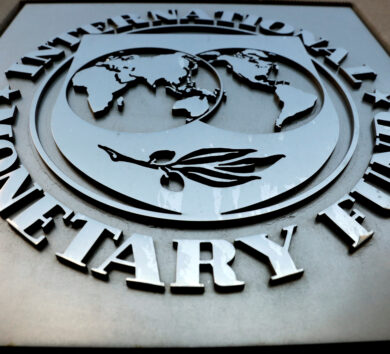

Durrant Pate/Contributor
Jamaica’s biggest financial group, National Commercial Bank (NCB), recorded a poor December 2022 first quarter, with profit tumbling by J$4.0 billion, down 75 per cent over the same period in 2021.
The group posted a net profit of $1.4 billion with the consolidated net profit attributable to stockholders totalling J$836 million, a decrease of J$1.8 billion or 68 per cent from the prior year. Taxation for the December 2022 quarter J$2.01 billion, up from the J$1.95 billion posted for the comparative period in 2021.
Earnings per share for the quarter totalled J$0.34 relative to the J$1.07 booked in 2021. NCB Financial Group’s stock price closed the trading period at J$80.00 yesterday with a corresponding P/E ratio of 7.73 times.
Reasons for dwindling profitability
The management reports that, “the group’s performance for the quarter declined primarily as a result of events in our life, health and pension insurance segment, in particular the effects of a one-off actuarial adjustment. Operating income of J$29.6 billion declined by J$4.4 billion or 13 per cent, predominantly resulting from a reduction in net revenues from insurance activities. This was partially offset by operating expenses declining by three per cent, due in part to our cost optimisation initiatives.”
The decreased revenues led to lower profitability impacting some of its key performance indicators when compared to the prior year. Return on assets (ROA) and return on equity (ROE) (annualised) declined to 0.26 per cent down from 1.09 per cent and 2.08 per cent down from 6.49 per cent, respectively.
Banking and insurance activities
Net revenues from banking and investment activities closed the quarter at J$27.0 billion increased by nine per cent or J$2.3 billion over the prior year’s performance. There was steady improvement in the core revenue lines driven by growth in our loans and investments portfolios and increased transaction volumes.
The net revenues from insurance activities amounted to J$2.7 billion, a decrease of 71 per cent or J$6.6 billion from the prior year. The one-off actuarial adjustment of approximately J$3.5 billion combined with additional reserve movements from the banking group’s periodic assumption updates were the main causes of the quarter’s decline in performance.
Total assets rose to J$2.11 trillion, an increase of four per cent or J$80.0 billion over the prior year. The growth in the asset base was mainly due to increased loans and investment securities. The growth was mainly funded by increased deposits, repurchase agreements, and obligations under securitisation arrangements.

Loans and advances
The Group’s loans and advances, net of credit impairment losses, totalled J$593.0 billion, an improvement of eight per cent or J$43.5 billion over the prior year. Non-performing loans totalled J$26.0 billion, as at December 31, 2022, declining by J$7.0 billion or 21 per cent from the prior year.
The reduction in non-performing loans led to an improvement in NCB’s non-performing loan ratio, declining to 4.3 per cent, from 5.9 per cent in the prior year. Deposit-banking customers continue to show confidence in the group, evidenced by a five per cent or $31.2 billion increase in deposits to $716.9 billion, which is NCB’s largest source of funding.
Operating expenses being contained
Operating expenses closed the quarter at J$26.3 billion, down by J$696 million or three per cent from the prior year. There were lower credit card rebate expenses, professional fees and consultancy charges in the quarter compared to the prior year’s first quarter.
According to the management, “these decreases were partially offset by an 11 per cent increase in asset tax to $2.3 billion for the quarter. We will continue to pursue cost optimization initiatives while continuing our digital investments as we focus on enhancing customer experience and improving operating efficiency.”







Comments